Camponotus sanctus
249,90 zł – 399,90 zł
Worldwide shipping
Free delivery over 500 PLN
The highest quality of goods
Live delivery guarantee
24/7 Personal Support
Fair Prices
Description
The Camponotus sanctus colony is a monogynous species with a maximum size of 10,000 individuals. They have a fast development speed. The queen measures 15-18mm, workers are 5-11 mm, and soldiers are 12-15 mm. Workers are mostly pale yellow, soldiers have partially dark heads, and the queen is mostly black with a partially yellow belly and yellowish-brown legs. Males are reddish yellow with a darkened abdomen.
Additional information
| Behavior | |
|---|---|
| Difficulty in breeding | |
| Origin | |
| The size of ants | |
| Wintering |
Camponotus sanctus – ant colony
Description
The Camponotus sanctus is a species of ant known for its monogyny colony type. The colony can grow to contain up to 10,000 individuals, making it a relatively large and thriving community. These ants have a fast development speed, allowing the colony to expand and flourish quickly.
Colony Type: Monogyny
Colony Size: Up to 10 000 workers
Development Speed: Fast
Size and Color:
- Queen: 15-18mm
- Workers: 5-11mm
- Majors: 9-15mm
Color:
Workers are predominantly pale yellow, while soldiers have partially dark heads. The queen ant is mostly black, with a partially yellow belly and yellowish-brown legs. Male ants are reddish yellow with darker heads.
Nutrition:
- Food insects (such as cockroaches and crickets) dead, or live if colony is big
- Syrup (a mixture of water and honey or sugar, with a ratio of 4/3 water:1)
- Fruits and vegetables
- Jelly
- Cooked chicken without salt, shrimps
- Honey
Humidity and Temperature:
- Humidity: Arena: 30-50%, Nest: 50-60%
- Temperature: Arena: 22-30 °C, Nest: 22-26 °C
Species Traits
The Camponotus sanctus possesses distinct traits that make them unique within the ant kingdom. These ants display a high level of aggression and are known for their defensive behavior. Their ability to protect their colony from potential threats is remarkable and contributes to their overall survival and success.
Recommended Nests for Breeding
When selecting nests for breeding the Camponotus sanctus, it is important to choose suitable materials that provide the necessary structure and environment for the ants to thrive. Acrylic, cork, plaster, and aerated concrete are all recommended options for creating nests that meet the needs of these ants.




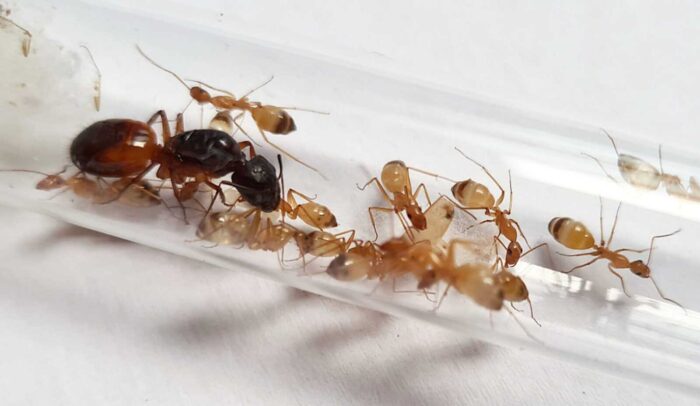
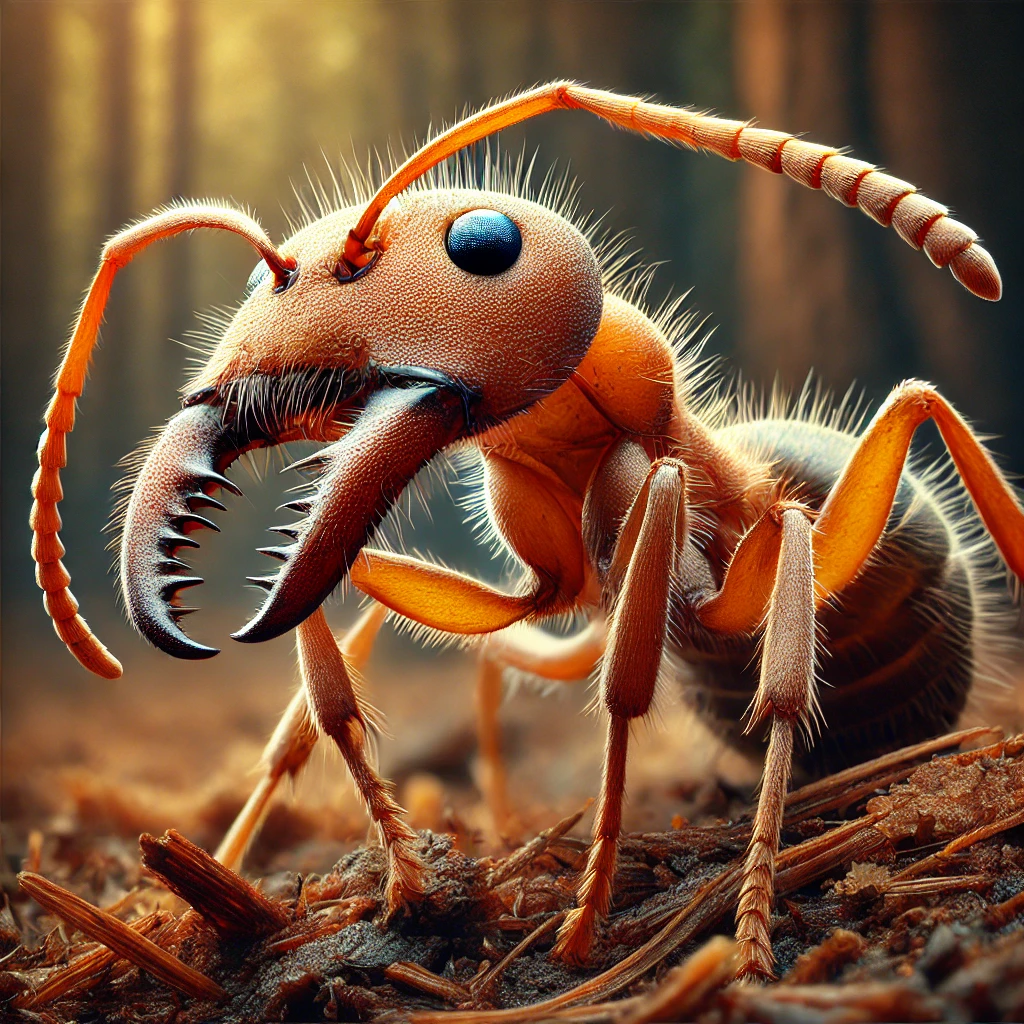
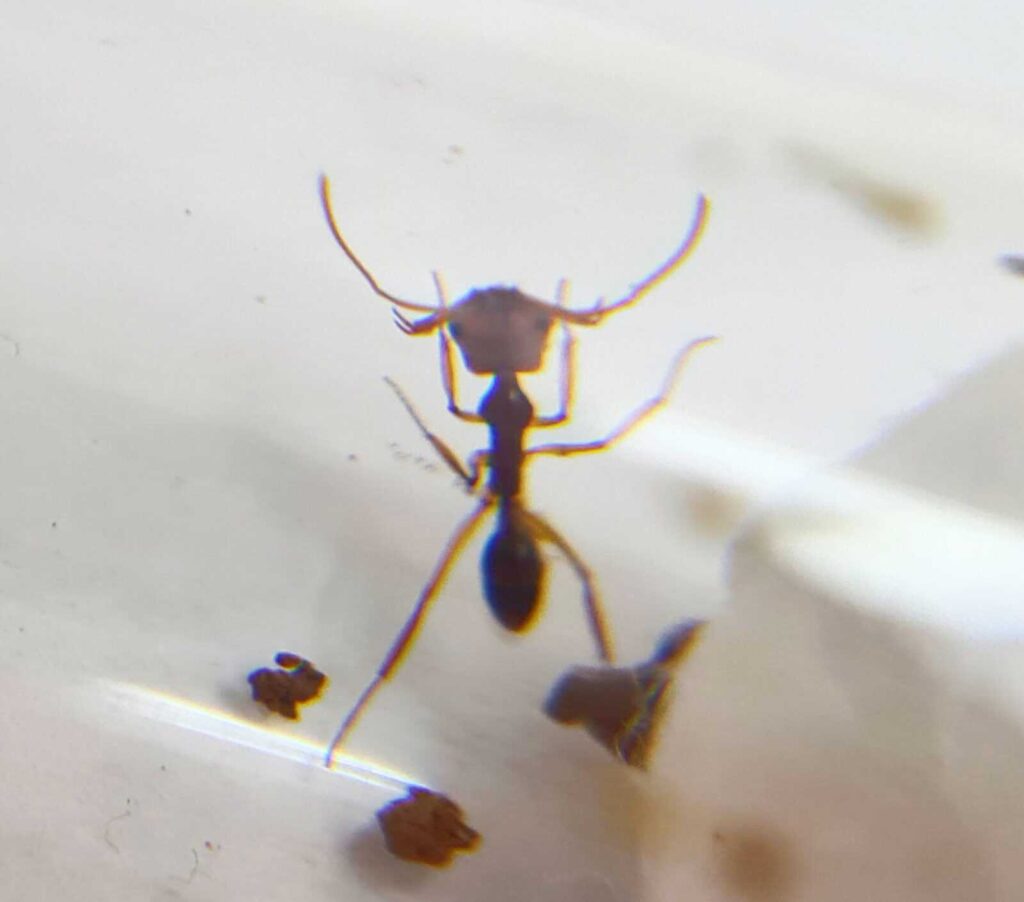
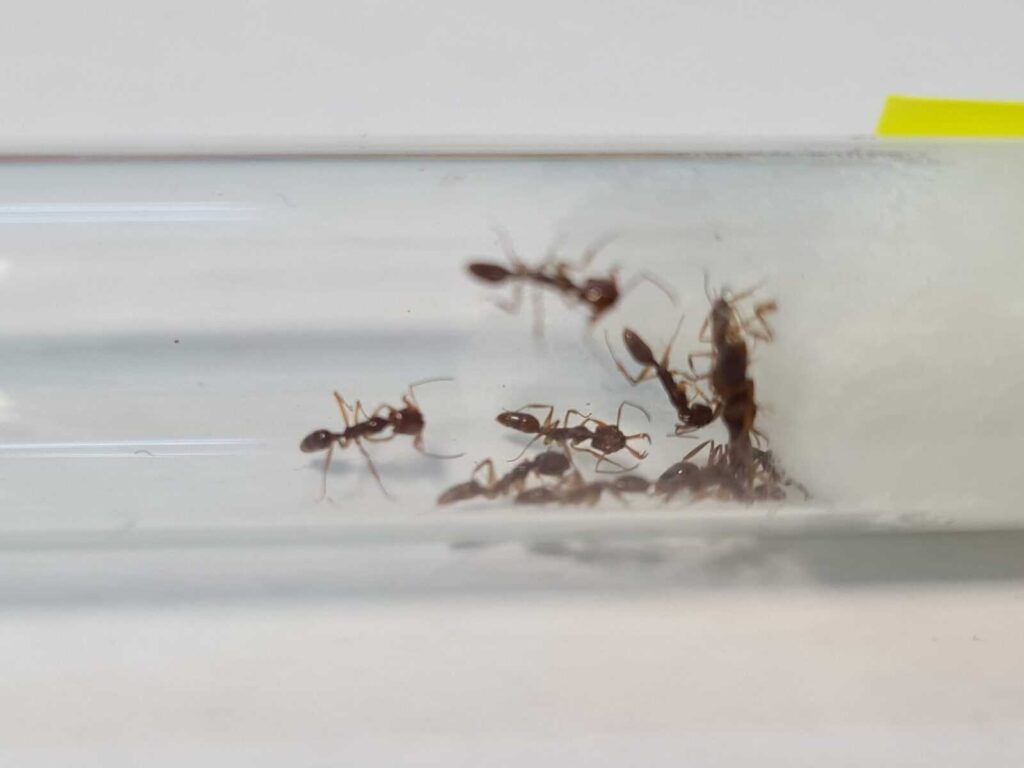
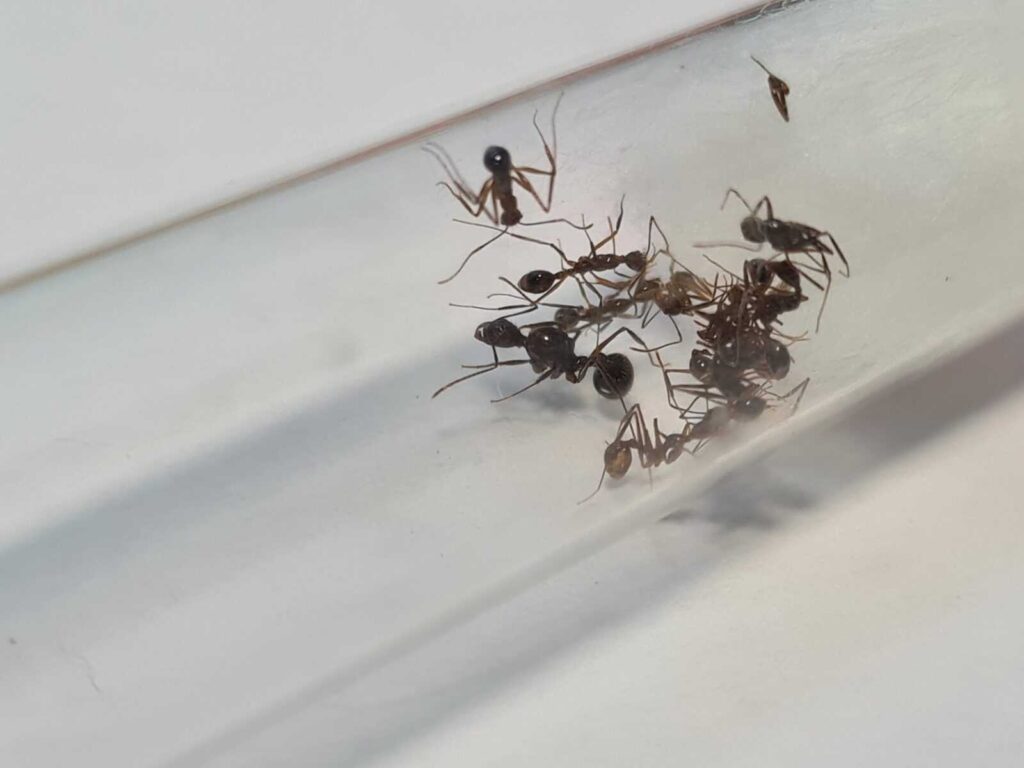
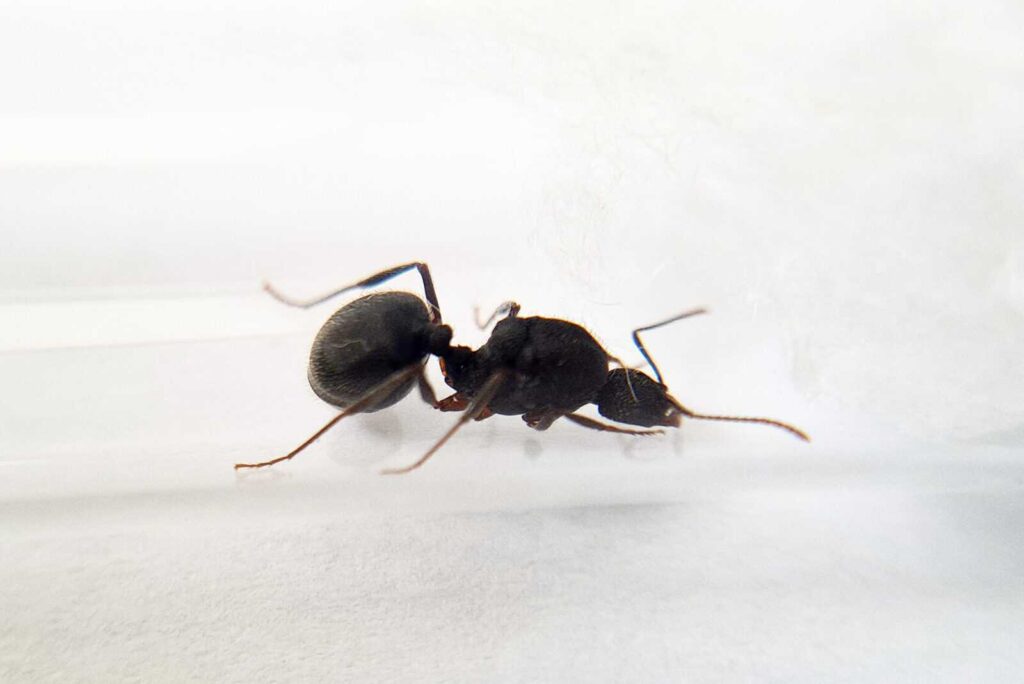
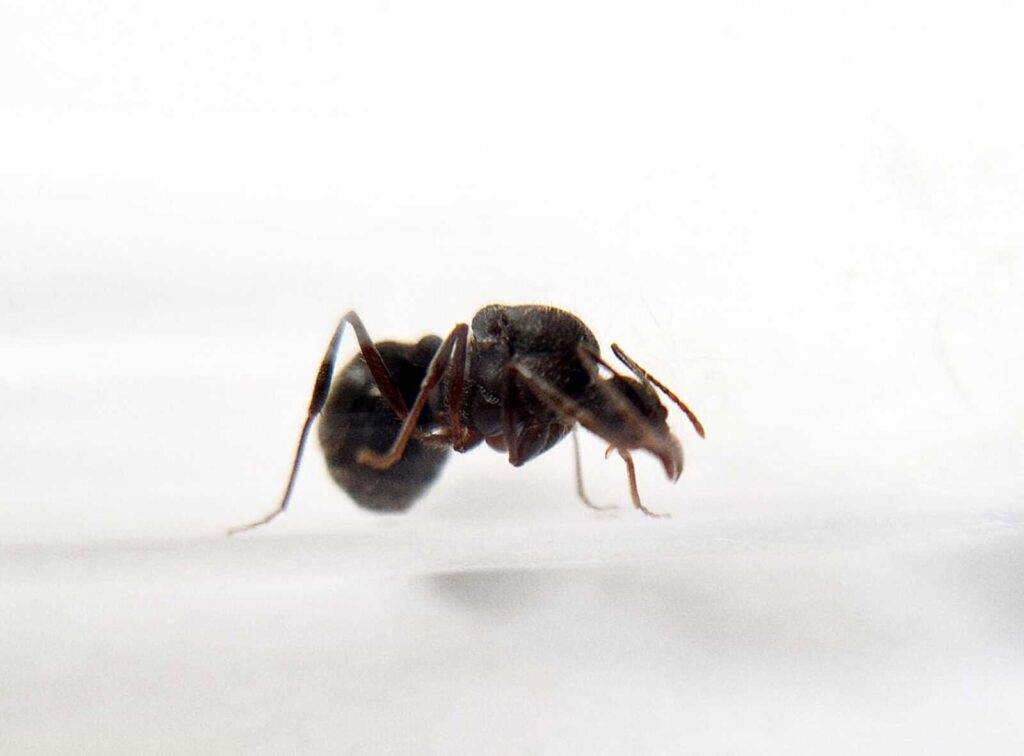
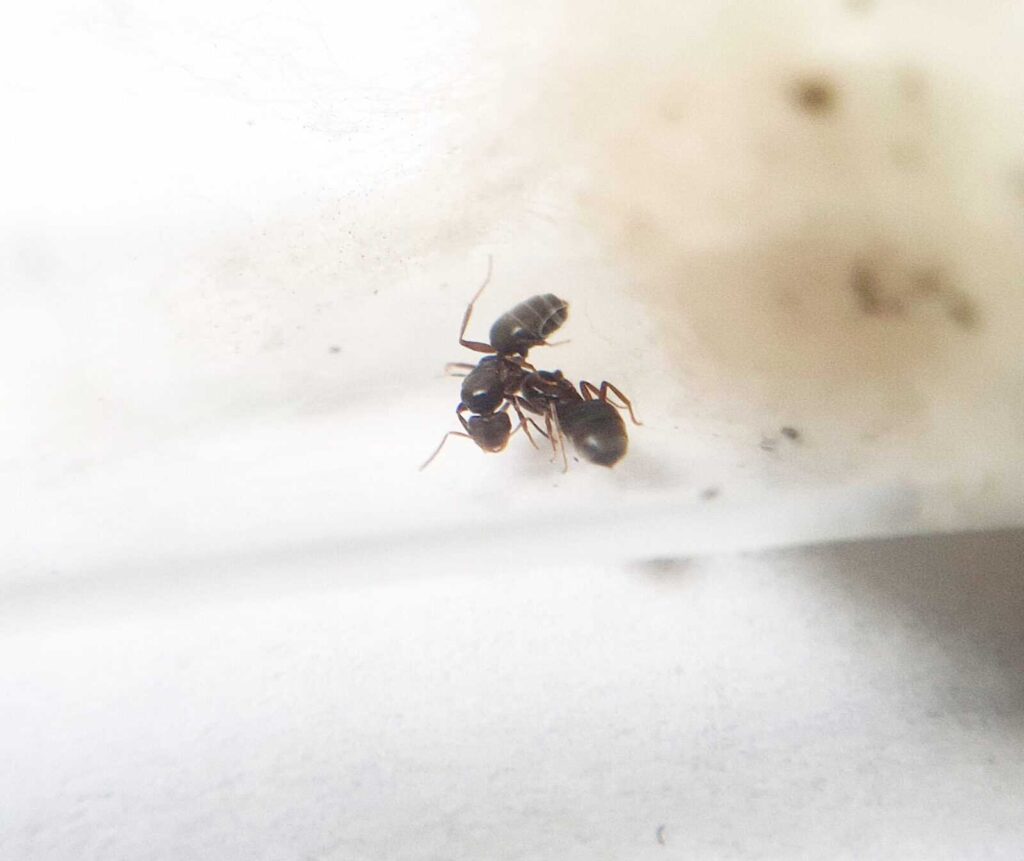
There are no reviews yet.